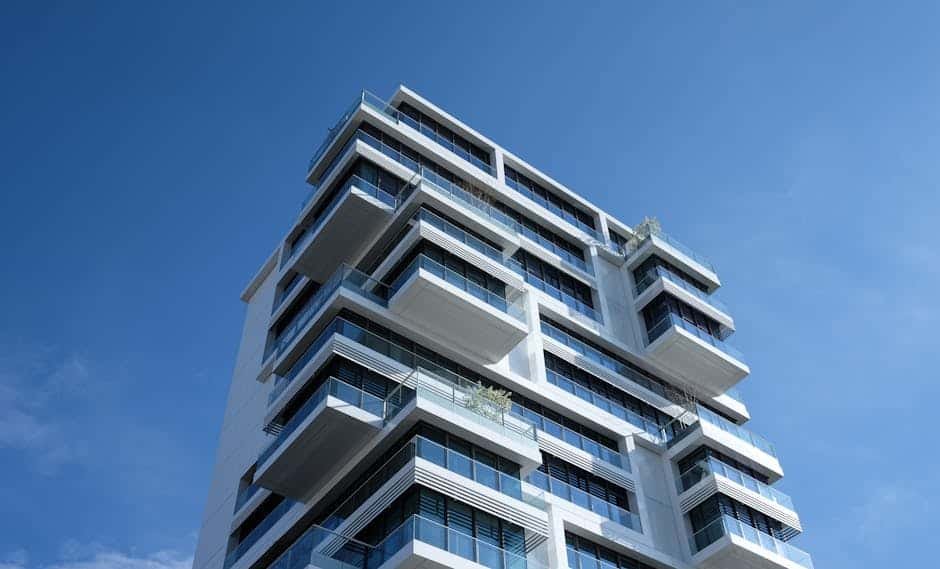Blog
Builder Incentives Just Hit a 5-Year High — Here’s How to Use Them to Your Advantage

If sticker shock and high rates have been slowing your home search, there’s a shift you should know about: builders are paying more than they have in years to win your business. Incentives—from mortgage rate buydowns to closing-cost credits and free upgrades—just climbed to a five-year high. That can translate into real savings if you know how to shop them strategically.
What changed?
Fresh data from the National Association of Home Builders shows 66% of builders offered sales incentives in August, up from 62% in July and the highest share since the post-COVID period began. At the same time, 37% of builders cut prices, with an average reduction of 5%—levels that have persisted through the summer. In plain English: more room to negotiate, more ways to reduce your monthly payment.
Keeping Current Matters summed it up simply this week: builder incentives are at a five-year peak—a rare window for buyers who’ve been waiting for affordability to improve.
What counts as a “builder incentive”?
Think of incentives as tools to bridge the affordability gap without rewriting the base price:
- Mortgage rate buydowns (temporary or permanent)
- Closing-cost credits or prepaid items
- Free or discounted upgrades (appliances, flooring, cabinets)
- Extended warranties or design-center allowances
Industry trackers are seeing all of the above as builders adjust to 7%-ish mortgage rates and still-elevated prices.
Why builders are doing this now?
Two forces are at work:
- Affordability pressure. New-home prices have eased from last year’s highs, but costs are still challenging many buyers. In July, the median new-home price fell to $403,800, down 5.9% year over year, a sign builders are leaning on price cuts and incentives to keep traffic moving. Census.gov
- Softer builder confidence. Recent NAHB surveys show sentiment stuck at relatively low levels, with a growing share of companies using incentives to convert interest into contracts. Price cuts (37%) and incentives (66%) are the headline tactics.
Rate buydown vs. price cut: which actually saves more?
Here’s the counterintuitive part: a dollar spent on buying down your interest rate often reduces your monthly payment more than a dollar taken off the purchase price. That’s why many large builders are prioritizing buydowns over headline price chops. (One analysis even highlighted deals worth tens of thousands per sale in certain markets.) Bottom line: don’t fixate only on price—ask how the incentive affects your payment.
How to shop (and stack) builder incentives like a pro
At Preferred Homes Corp, we help clients approach incentives the way pros do—by aligning them with your financing, timeline, and long-term plans.
- Get pre-approved first, then compare “apples to apples.”
- A lender letter anchors your budget. With that in hand, compare the net effect of incentives on your monthly payment and cash to close, not just the sticker price. Mortgage News Daily
- Ask the magic question: “What’s available today on this community and floor plan?”
- Incentives change fast and may vary by lot, inventory home, or build stage. Some are tied to using the builder’s preferred lender or title company—great if terms are competitive, but sometimes your outside lender can match or beat the package. We run both scenarios. Homes.com
- Prioritize buydowns (when you’ll keep the home 5–7+ years).
- Permanent buydowns can pay for themselves over time. Temporary 2-1 buydowns can bridge today’s rates and potential future refinancing. Either way, evaluate them against a simple price cut to see which lowers your monthly outlay more. ResiClub
- Don’t overlook “boring” credits.
- Closing-cost help, prepaid escrows, or HOA initiation-fee credits may not photograph well, but they reduce cash needed at closing—often the difference between buying now or later. Homes.com
- Use comps to avoid over-improving.
- Upgrades are fun; resale markets are practical. We’ll benchmark nearby sales so your design-center spend stays aligned with neighborhood value. That protects appraisals and future equity. Keeping Current Matters
- If you’re a move-up buyer, stack equity + incentives.
- Easing new-home prices and today’s incentives can offset the rate environment—especially if you’re bringing equity from a sale. Some builders sweeten deals on quick-move-in homes near completion; others add design-center credits for to-be-builts. We’ll show you which path the numbers favor in your area. Census.govNAHB
- Protect your Plan B.
- Ask about rate-lock options (with or without float-down), contingency windows if your existing home needs to sell, and what happens if delivery dates shift. Demand clarity in writing; incentives should appear on your contract and closing disclosure.
Final Thoughts
If you pressed pause earlier this year, re-run the math with current incentives. The combination of slightly softer prices, payment-friendly buydowns, and a competitive builder pipeline could make your target home attainable again.
New construction can also compete with resale in certain markets, thanks to builder flexibility and included warranties. (Local dynamics vary—another reason to compare live, real-time options.)
Considering a new build—or curious how today’s incentives compare to resale options near you? Let’s walk a couple of models, price out the packages, and put every available dollar to work for your purchase. Preferred Homes Corp will help you navigate the choices with clarity—and keep more of your money in your pocket.